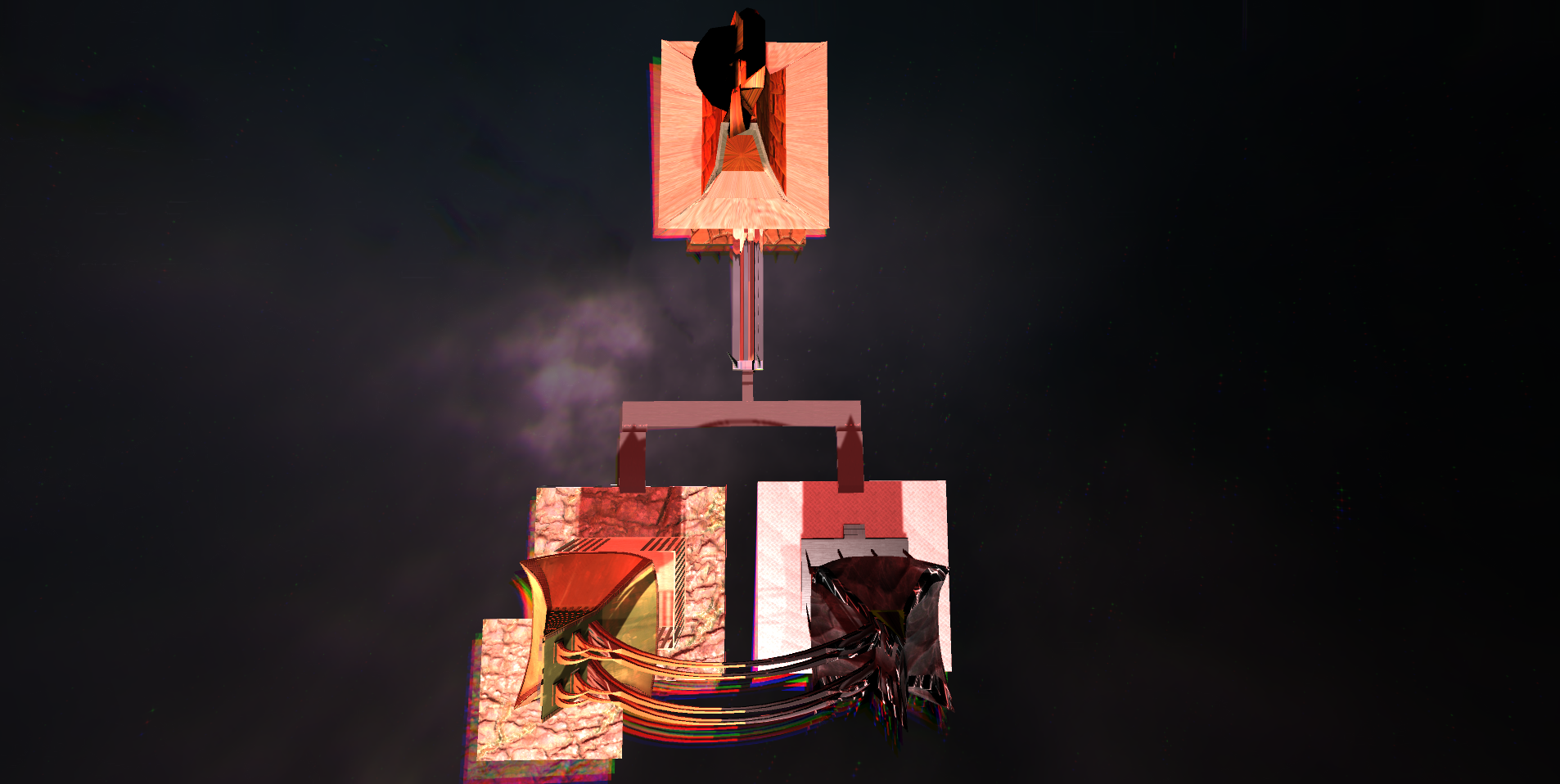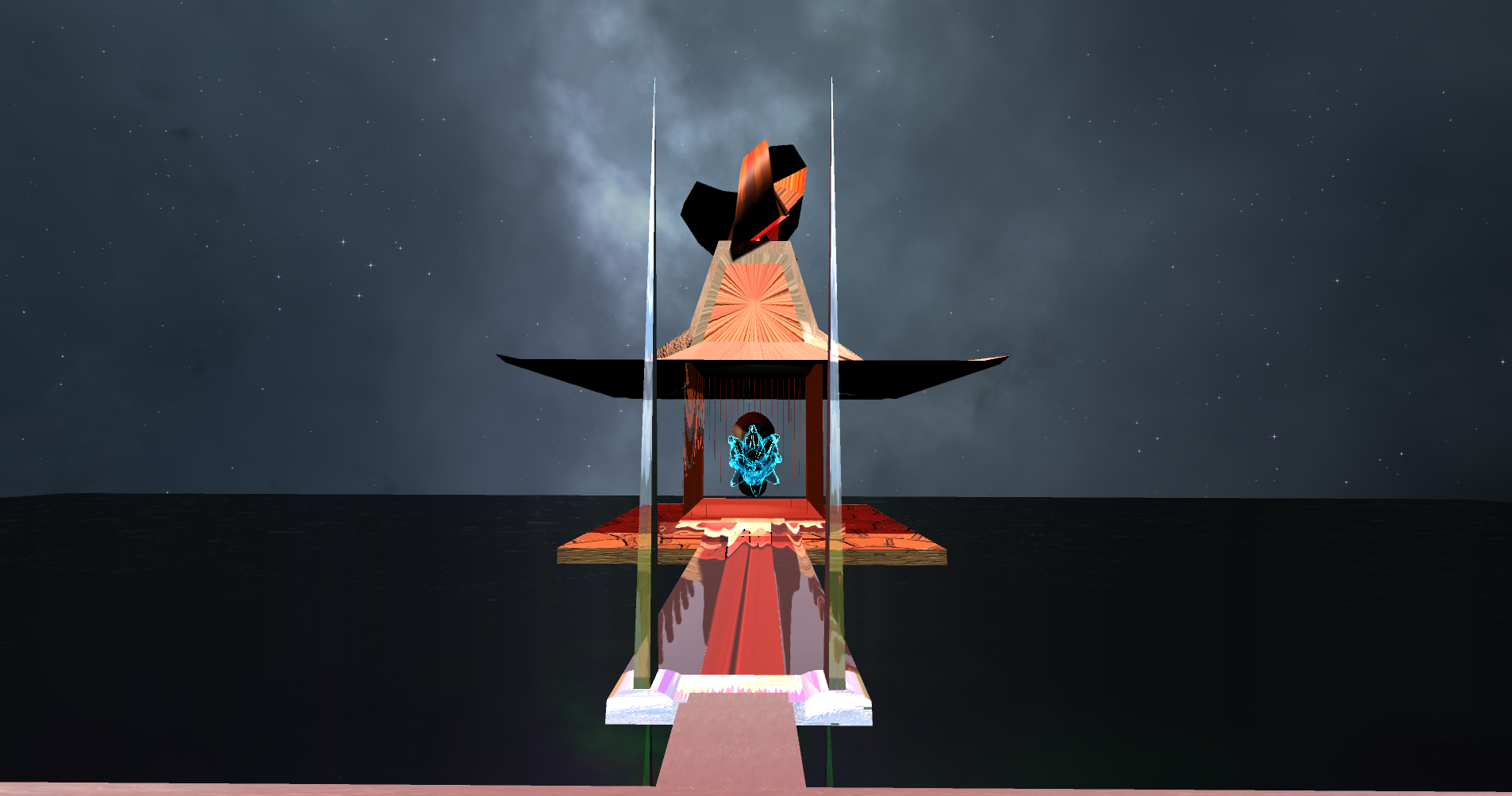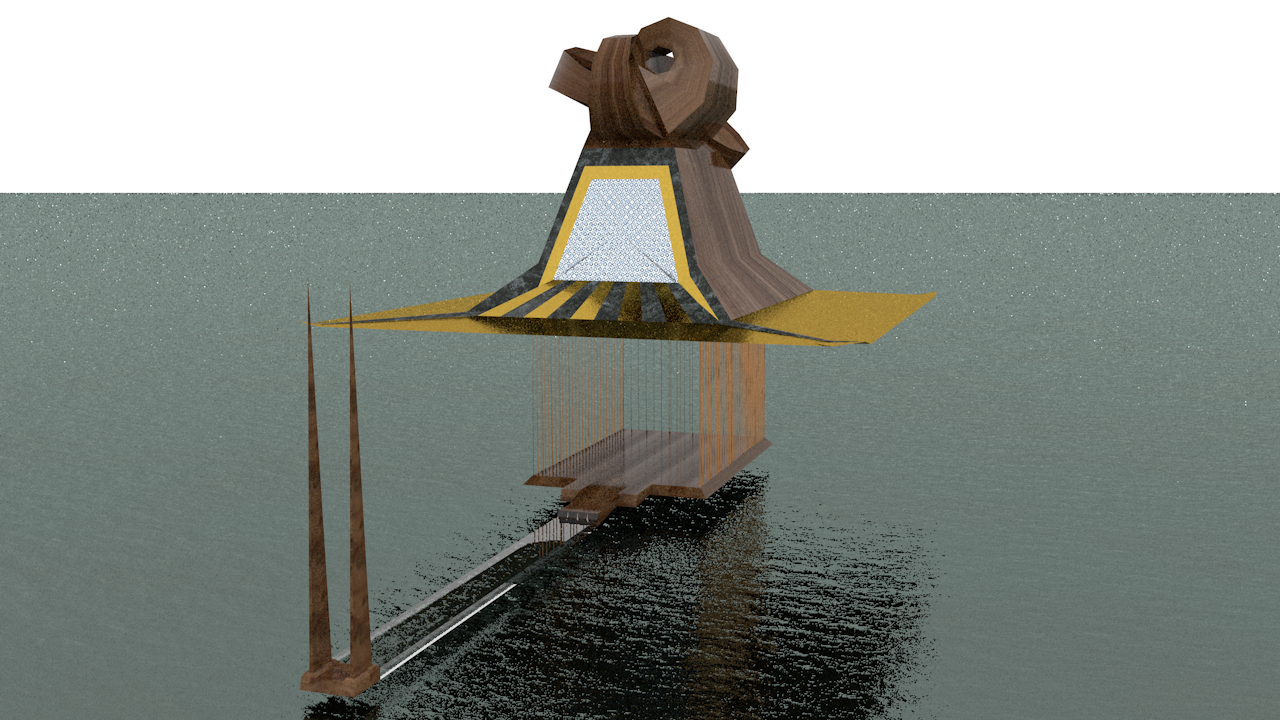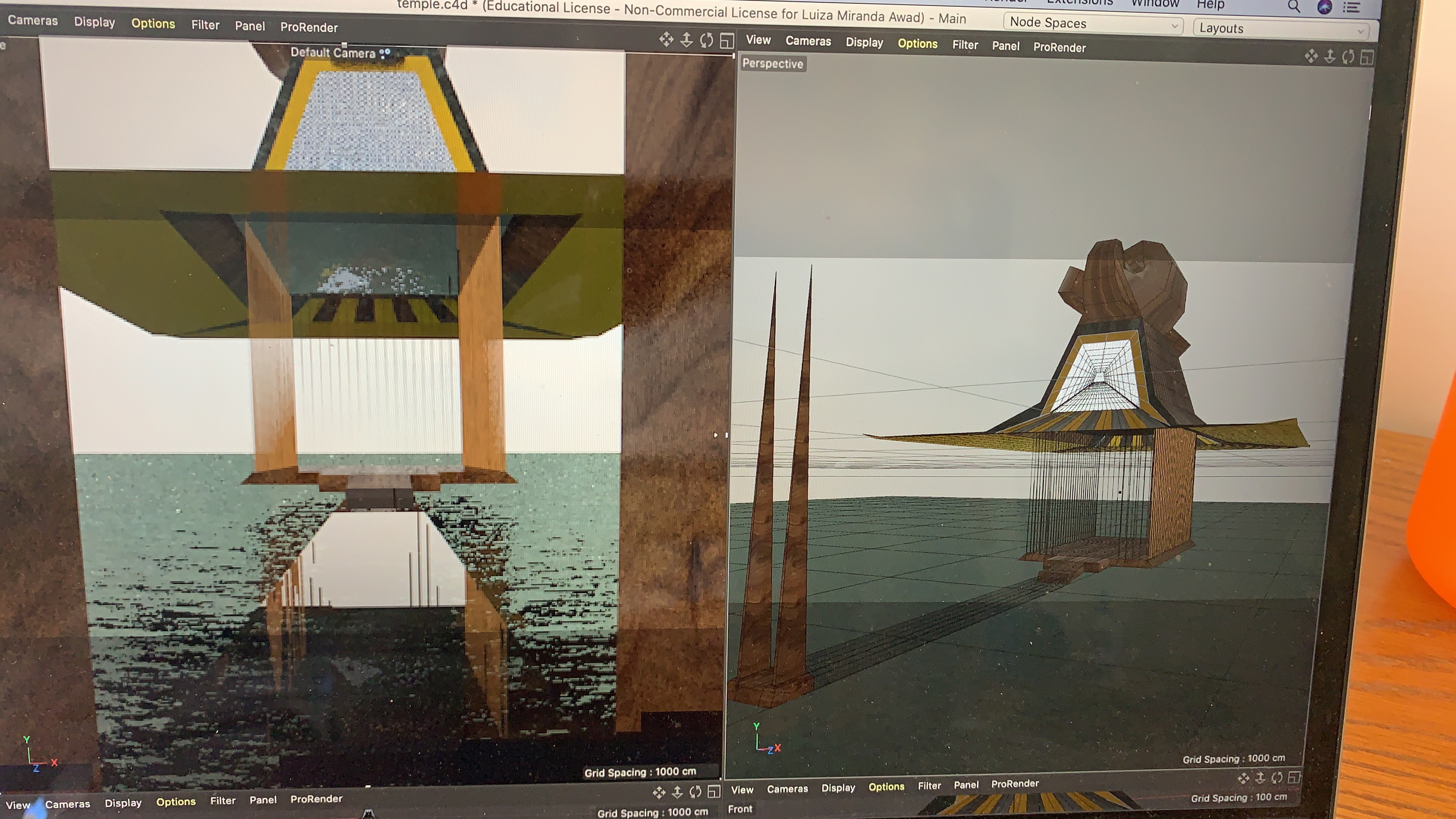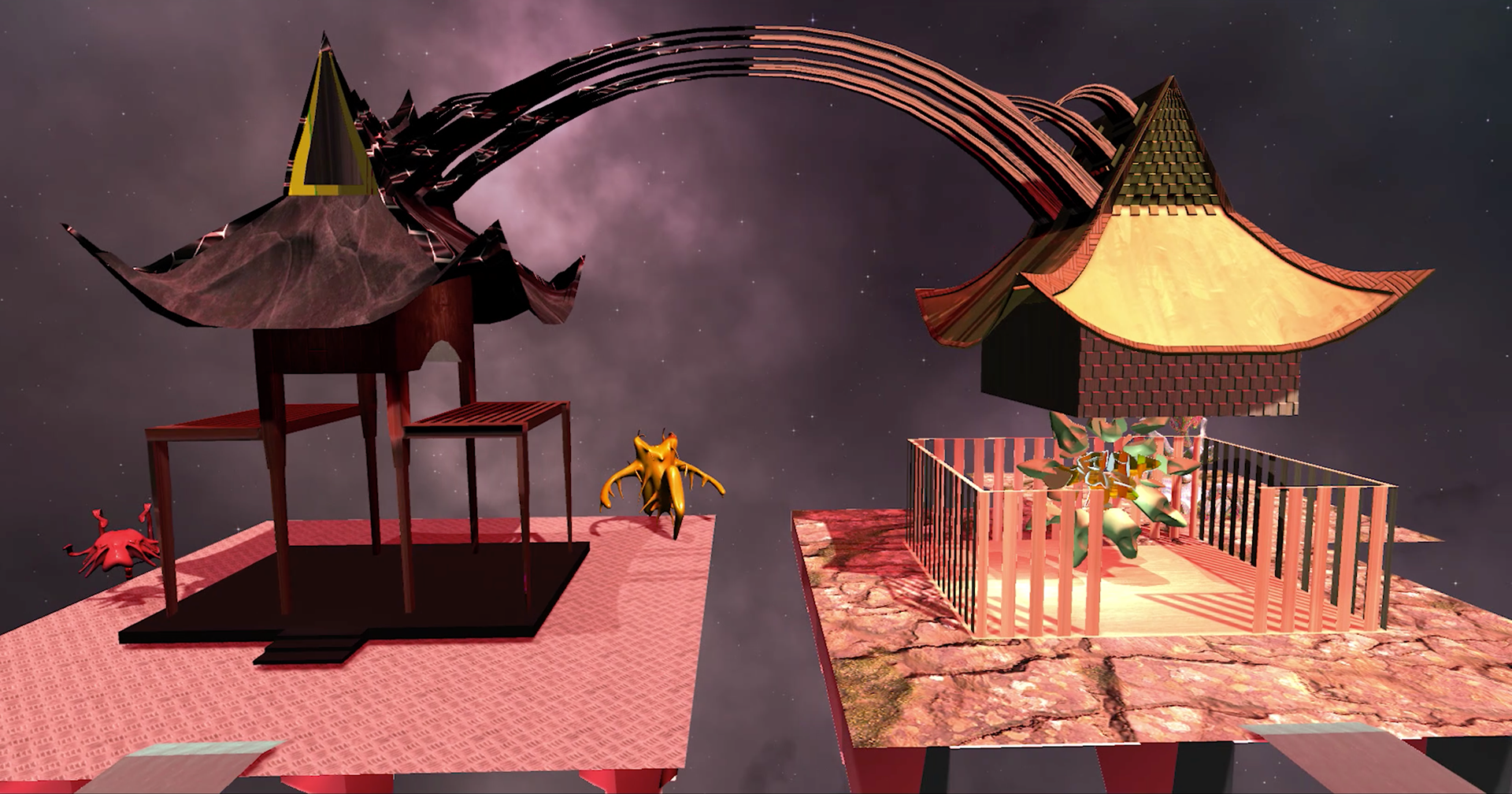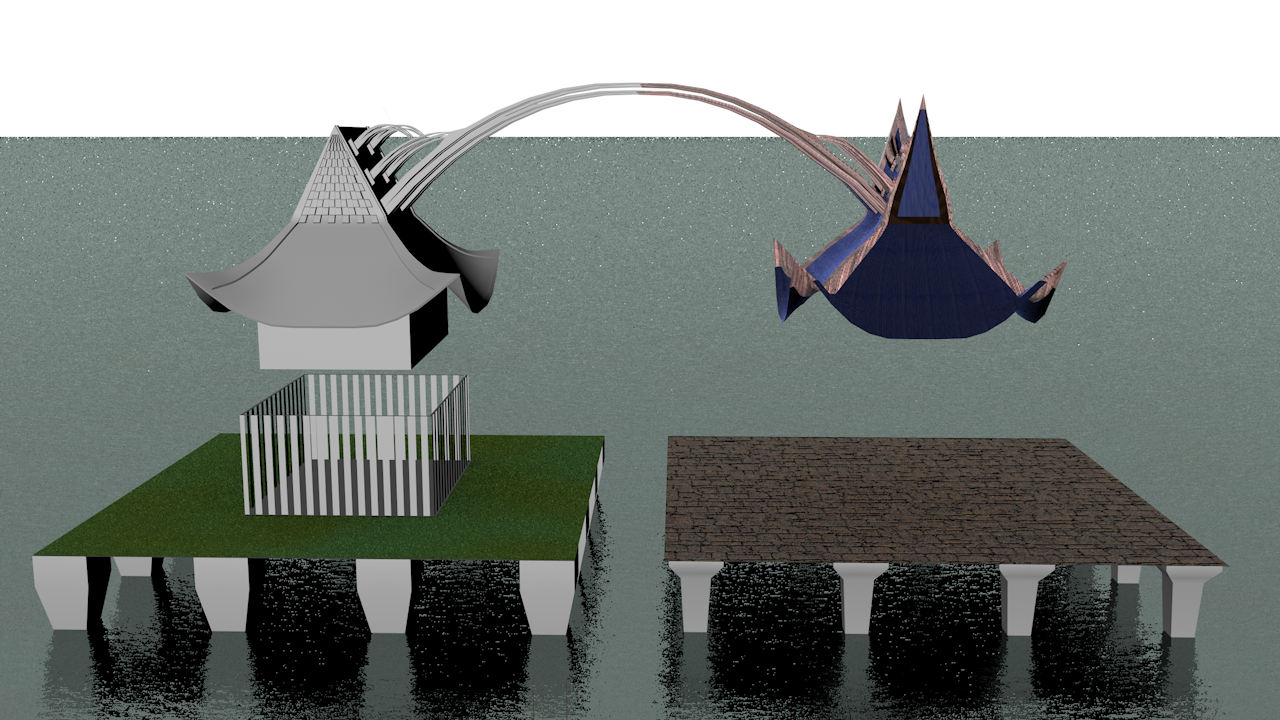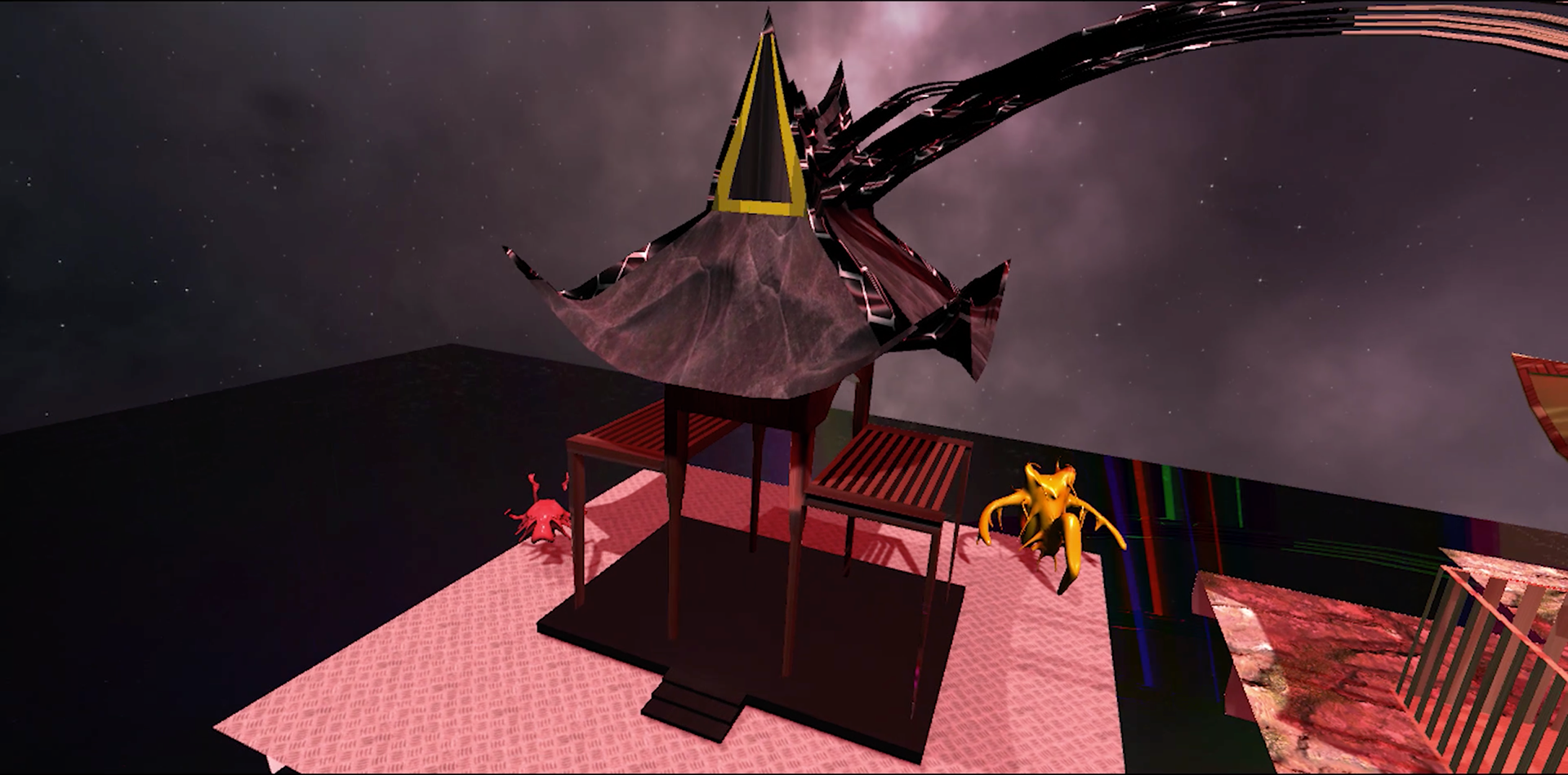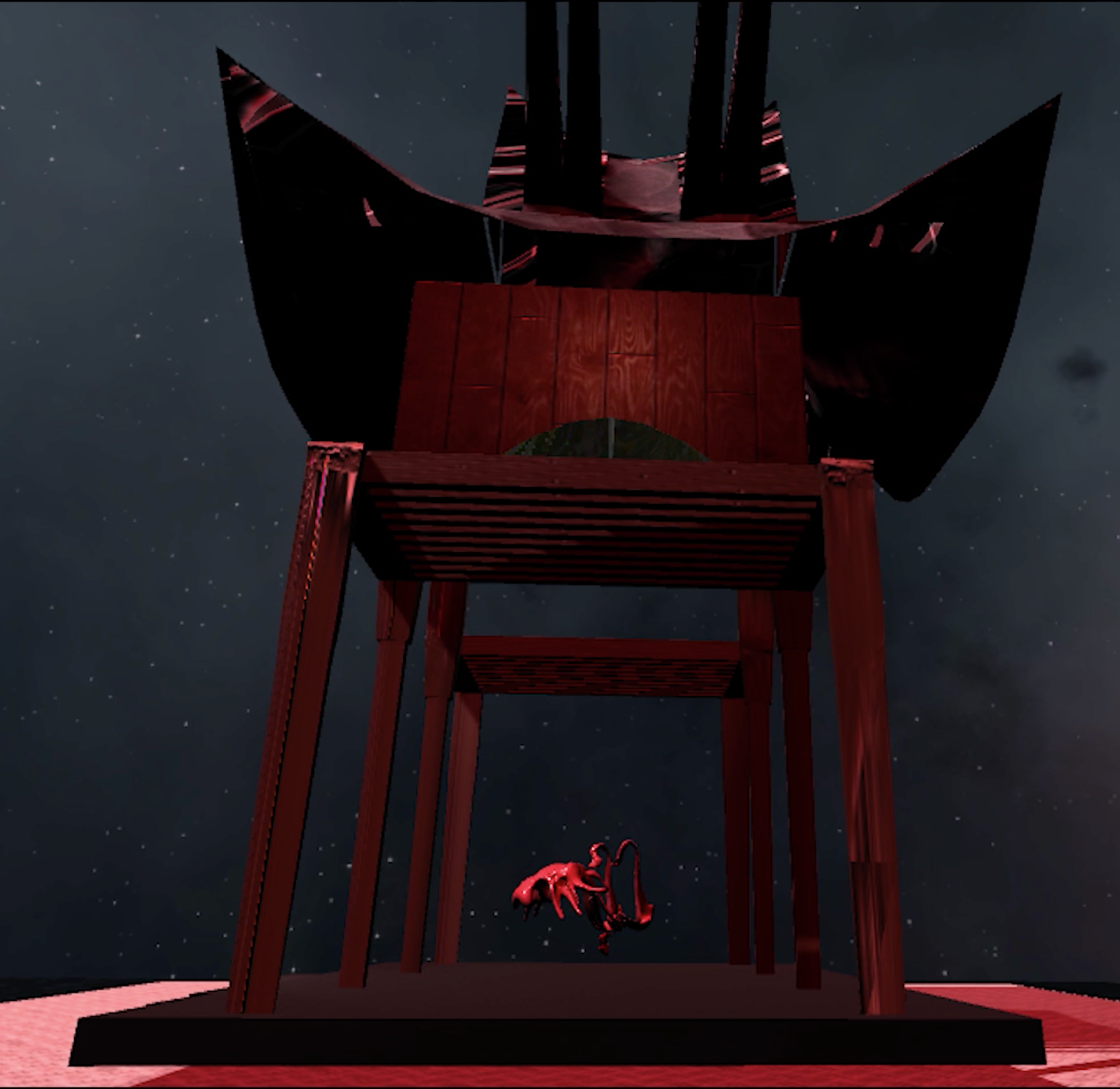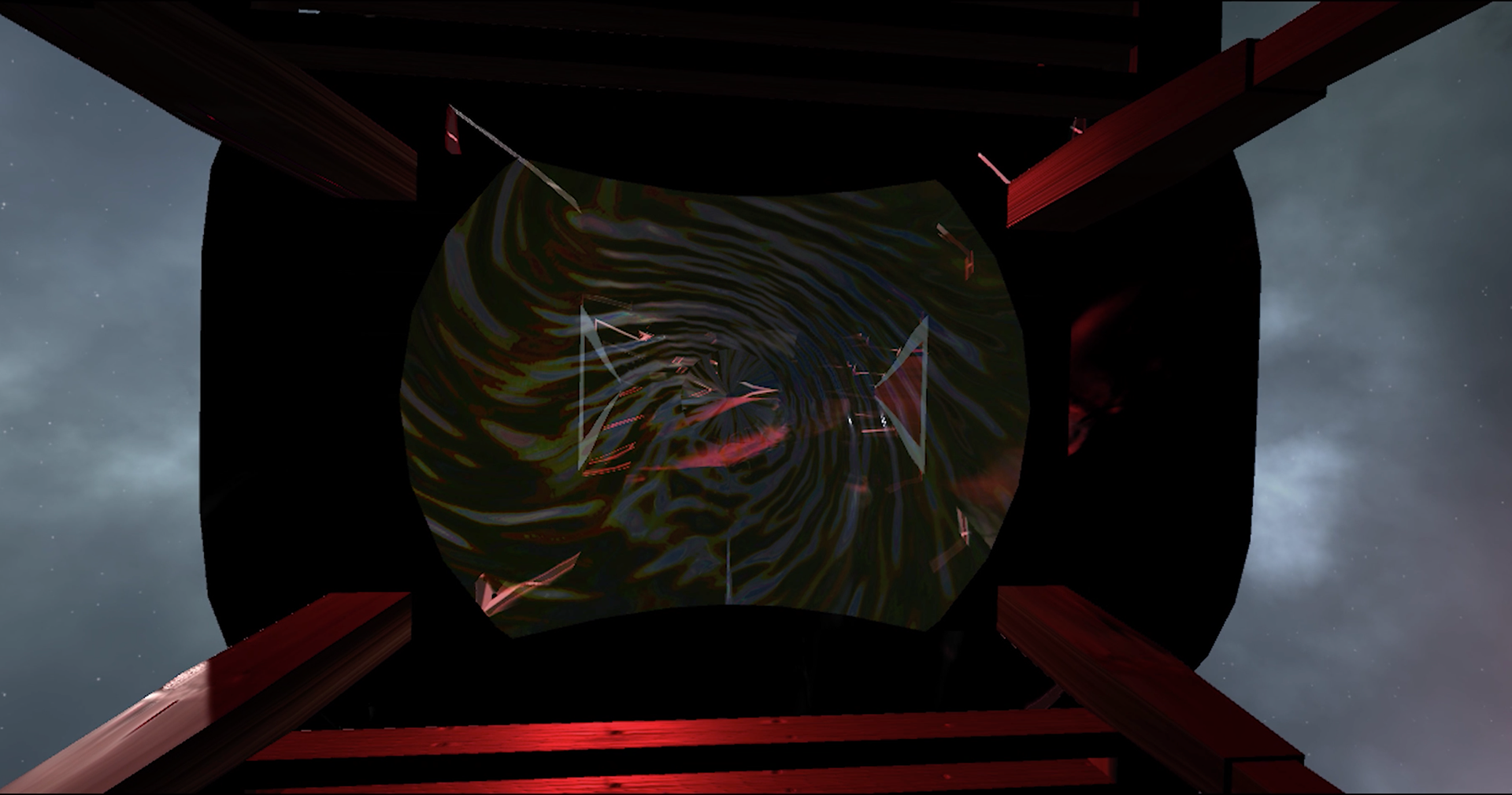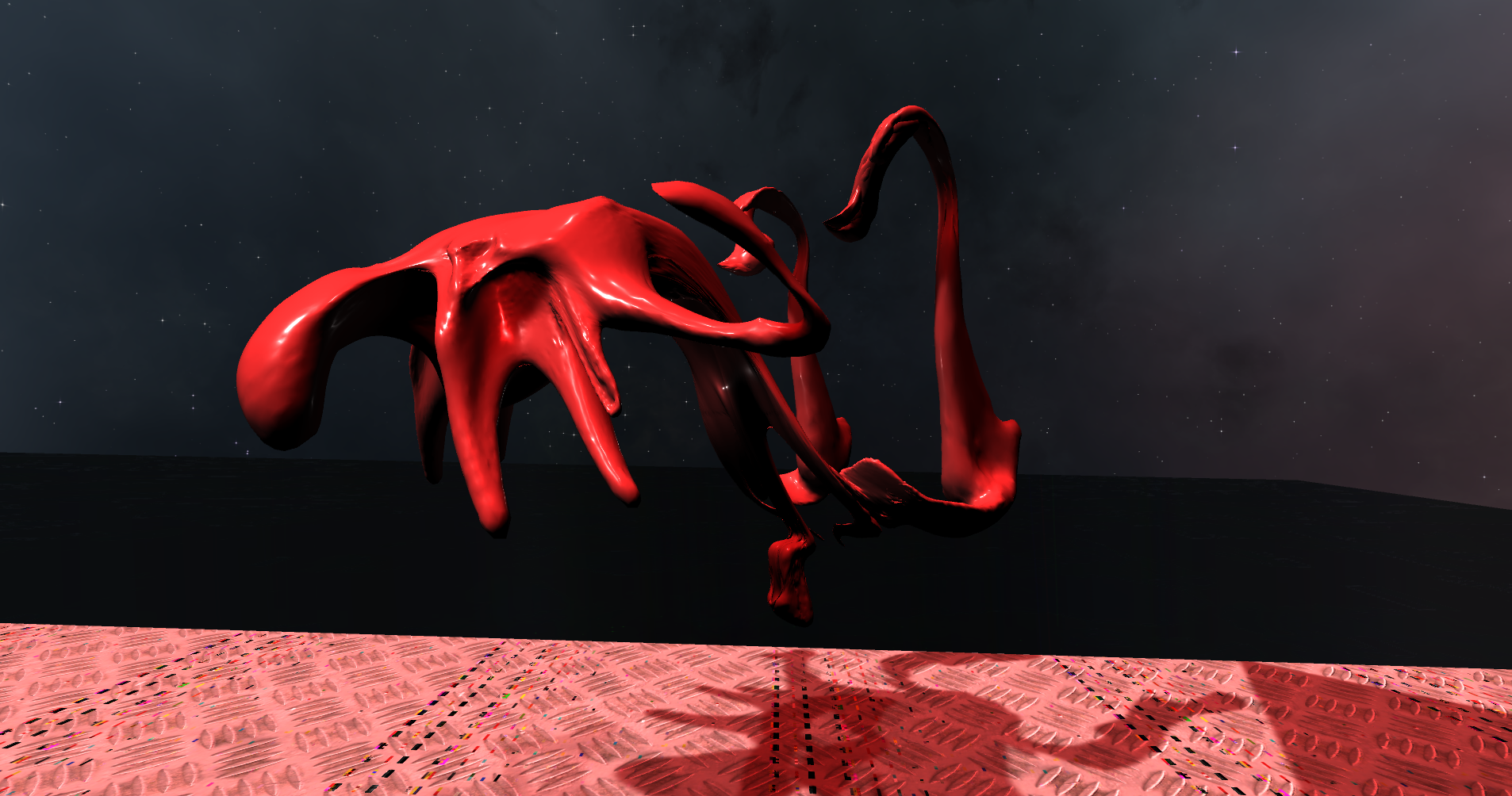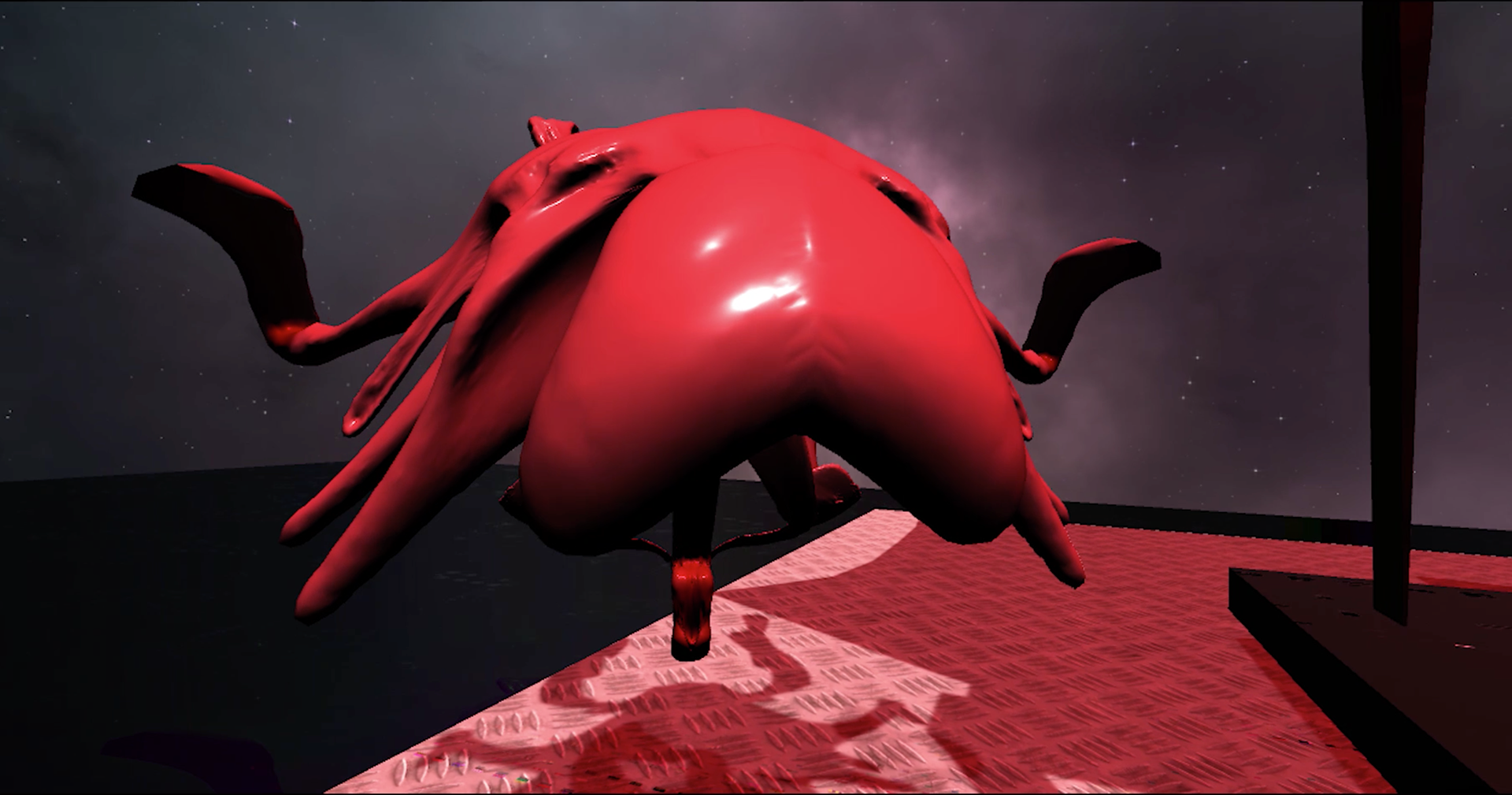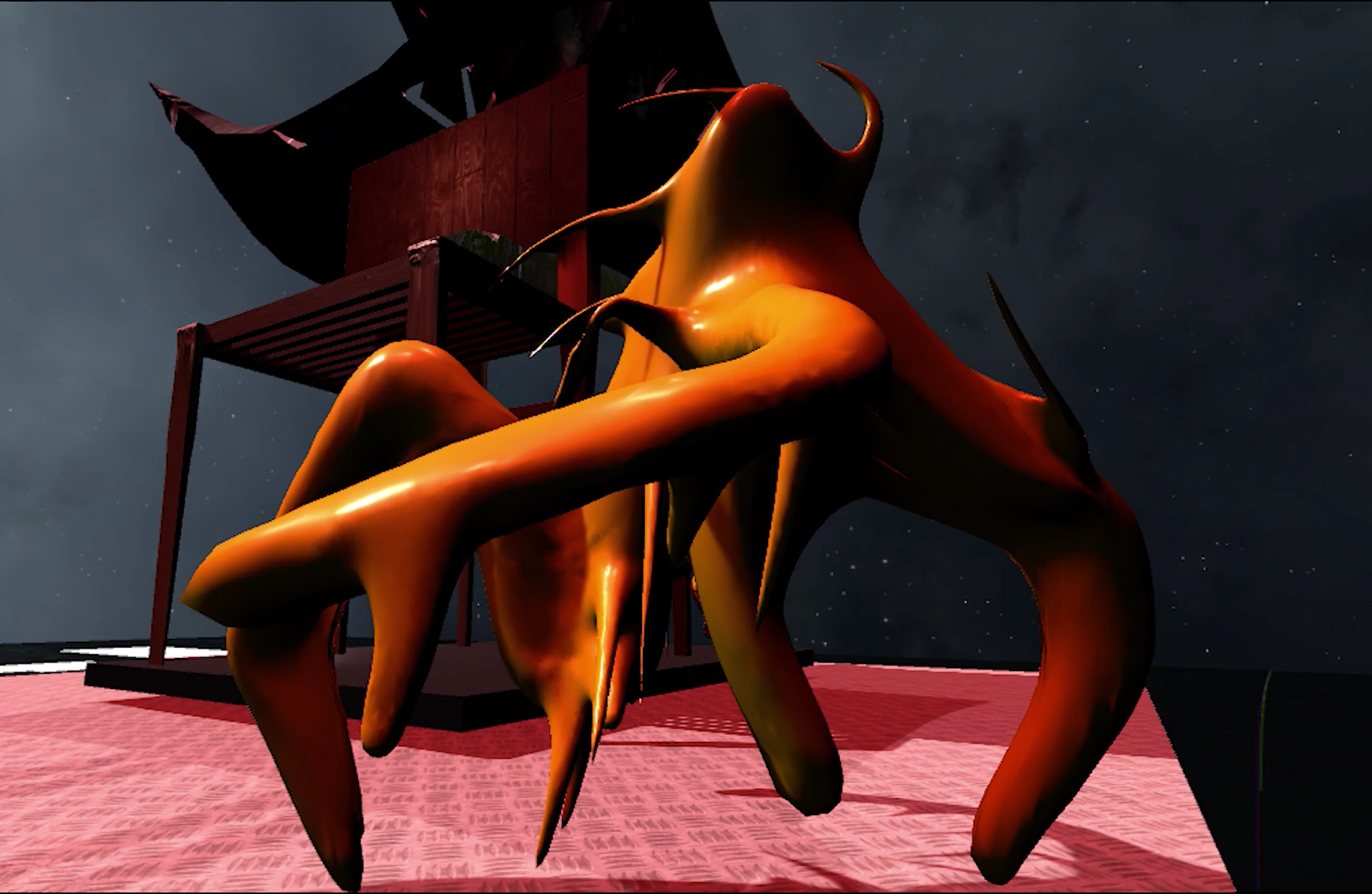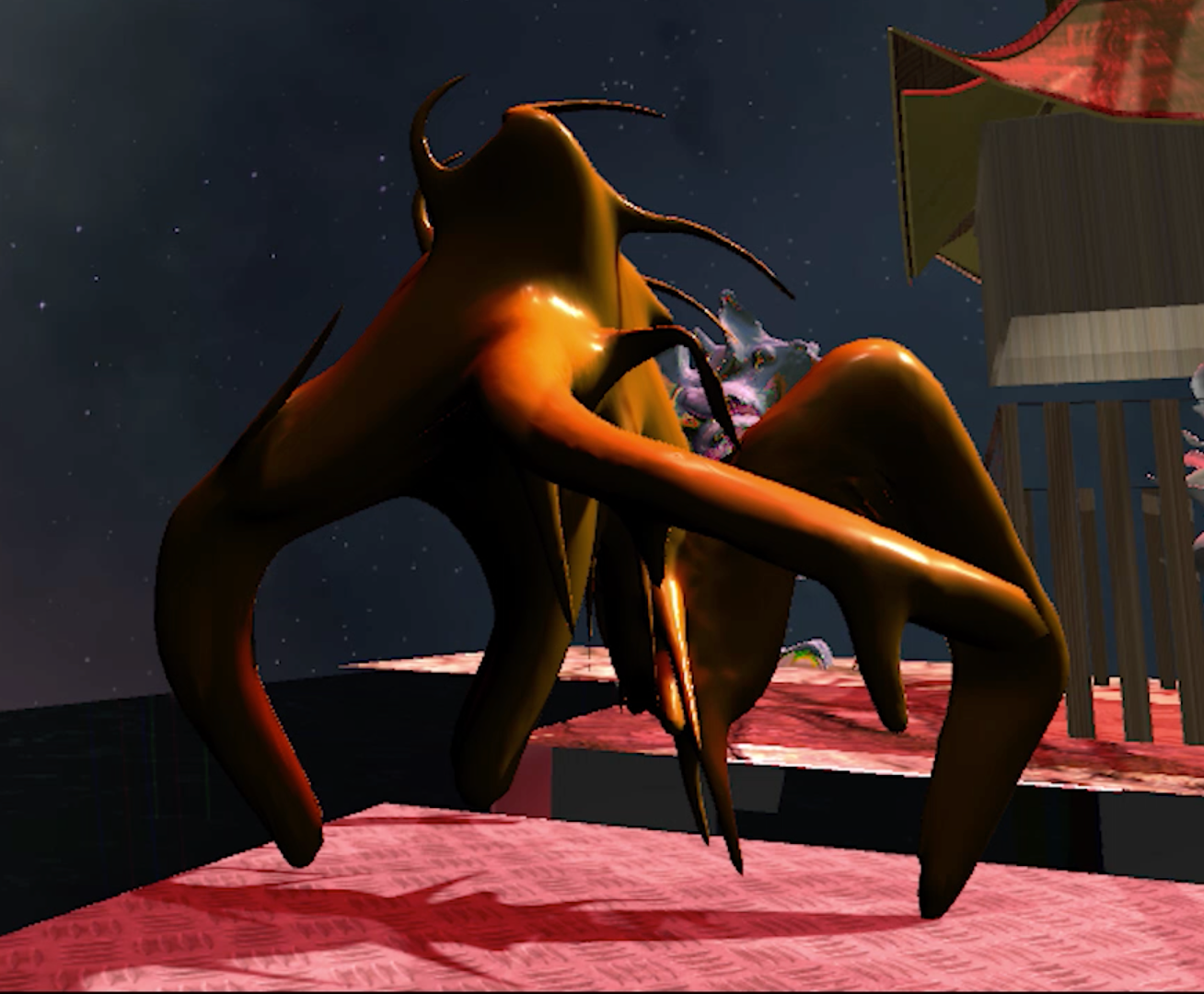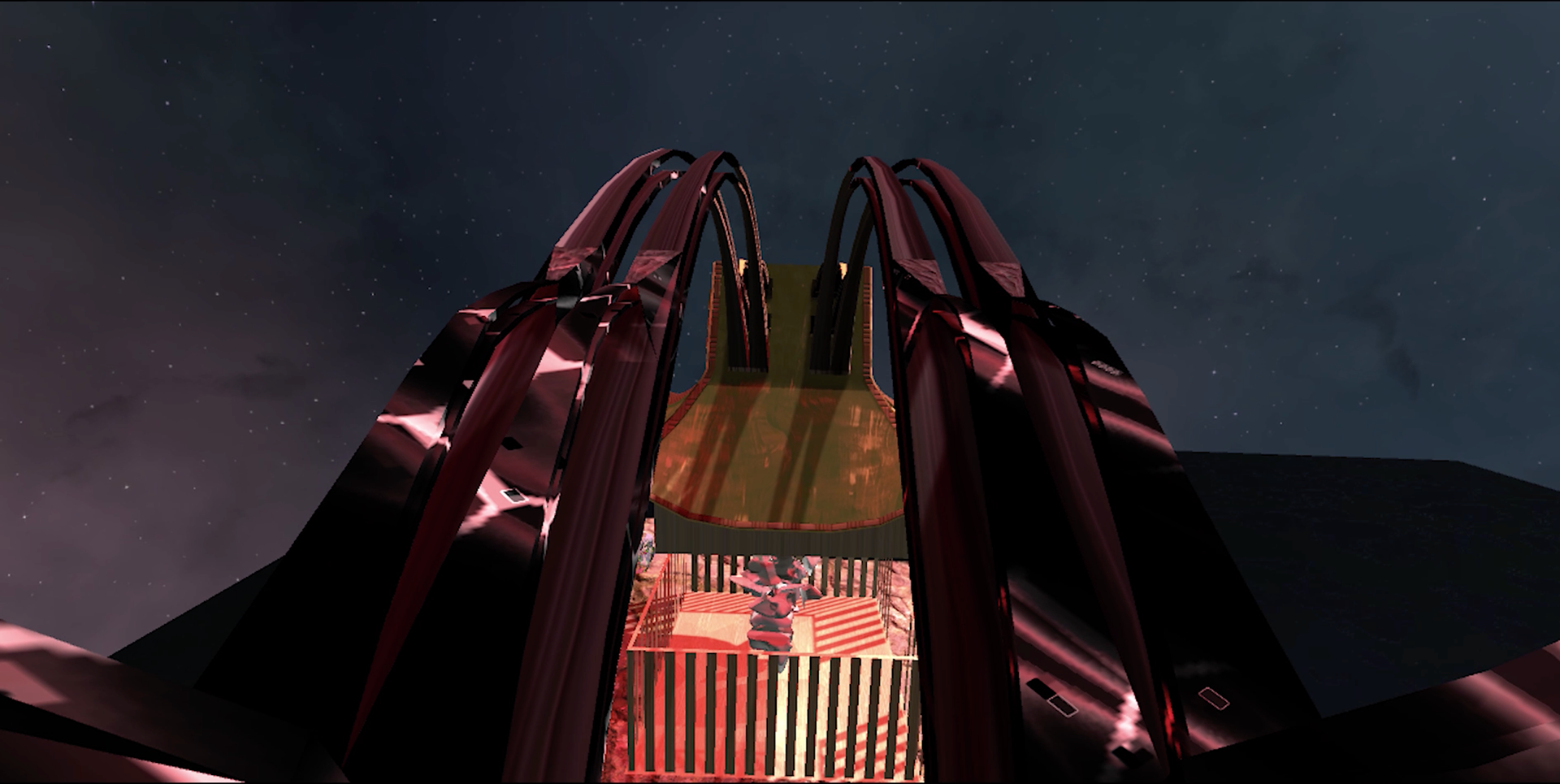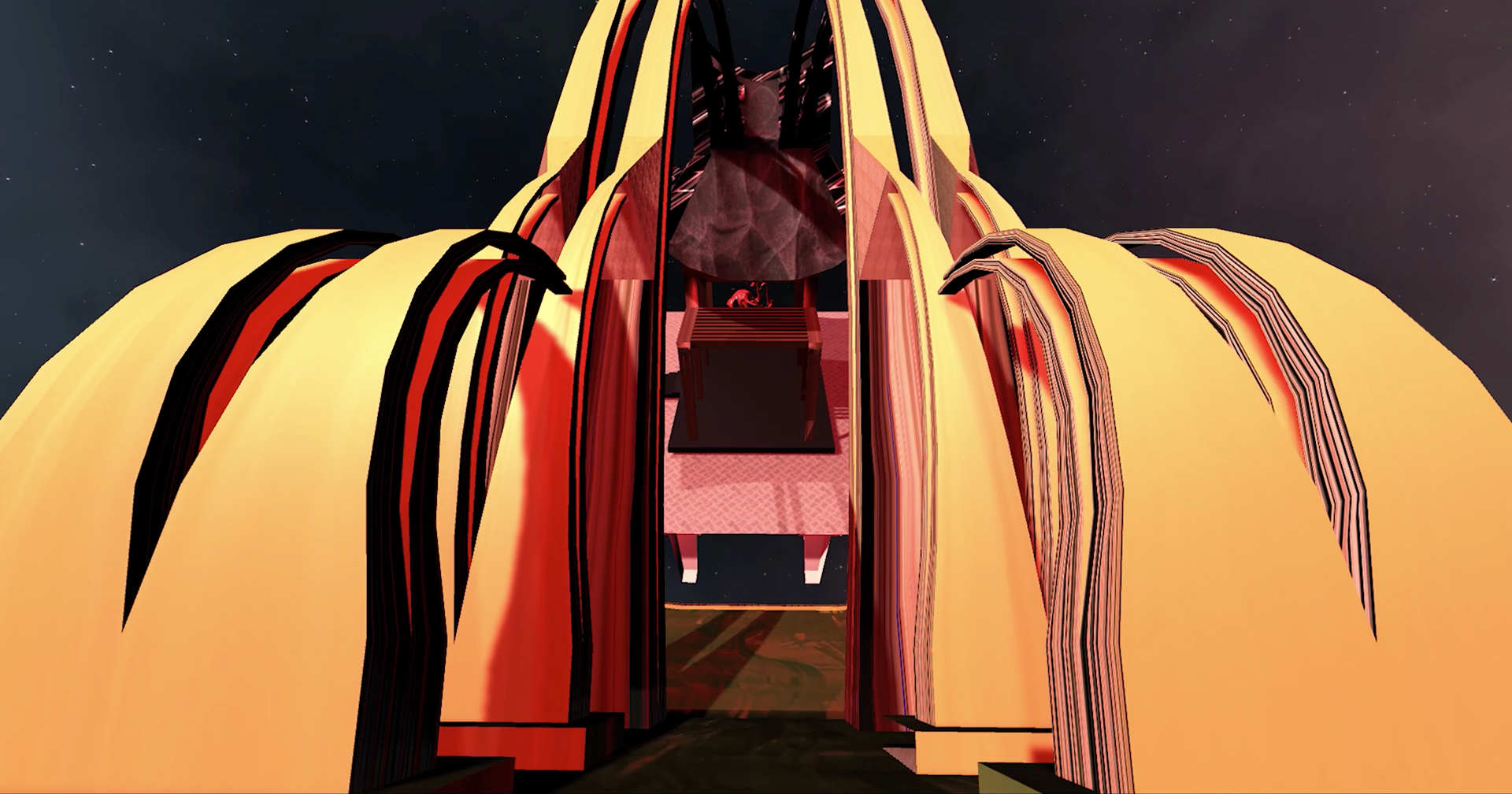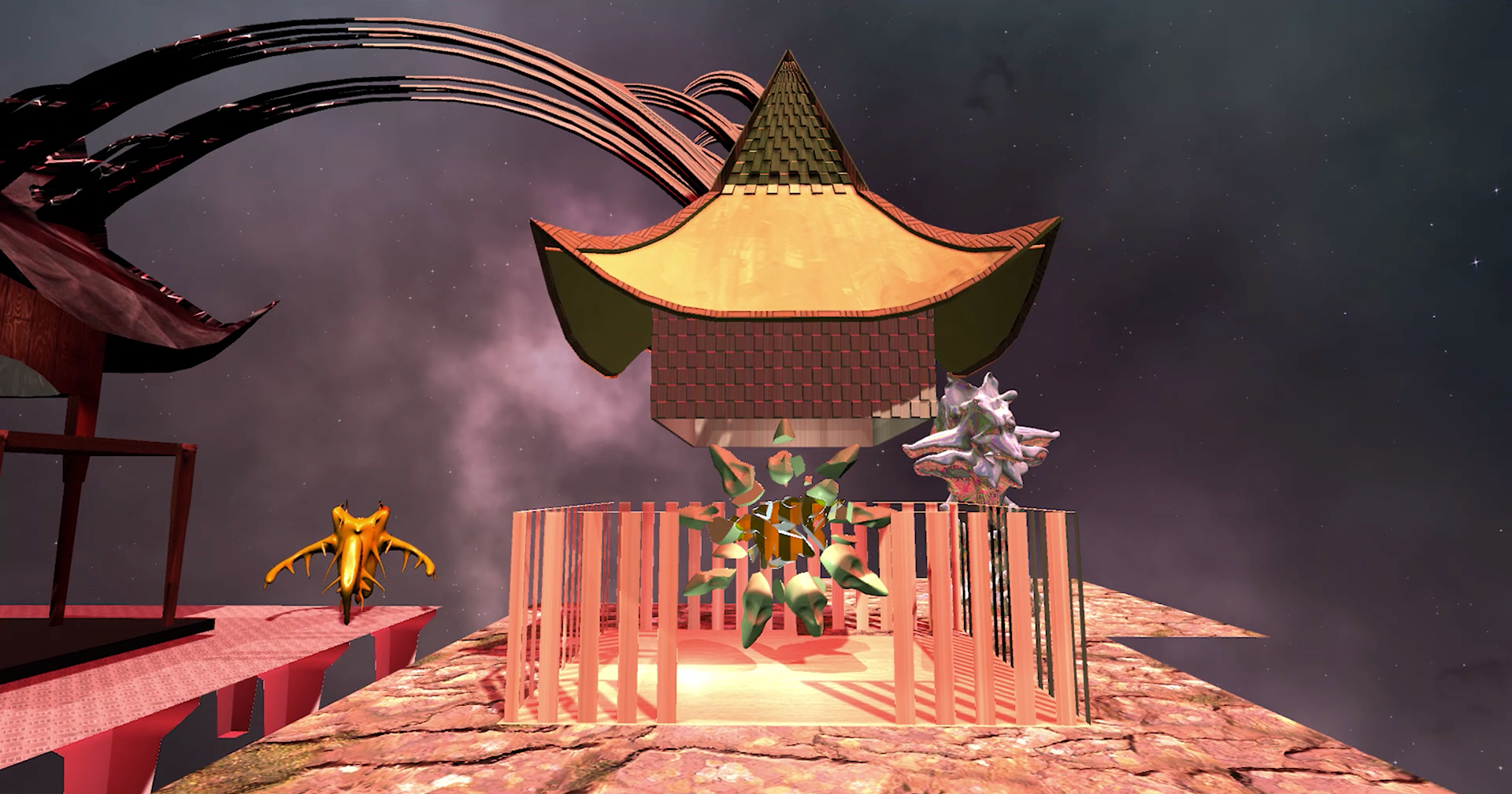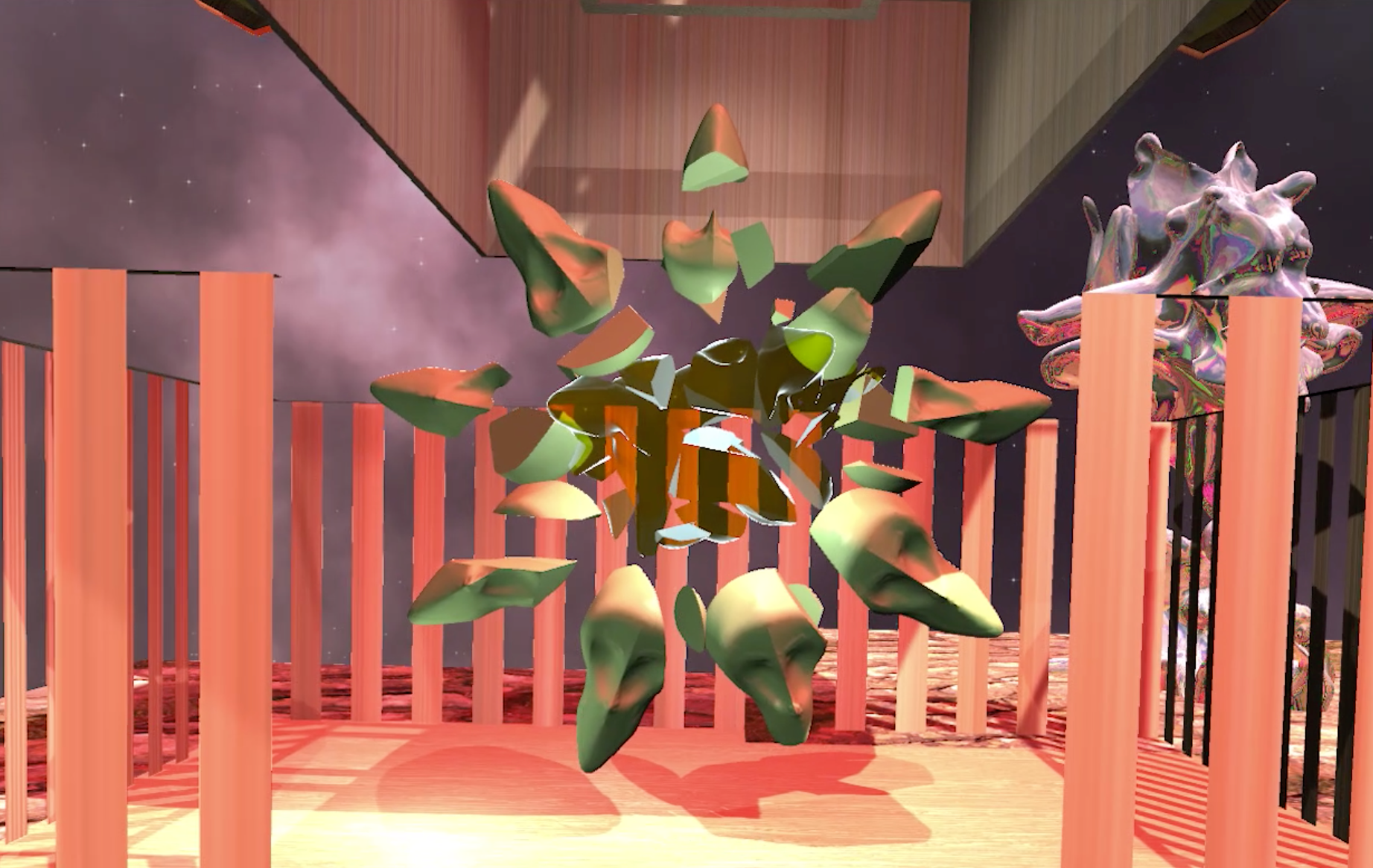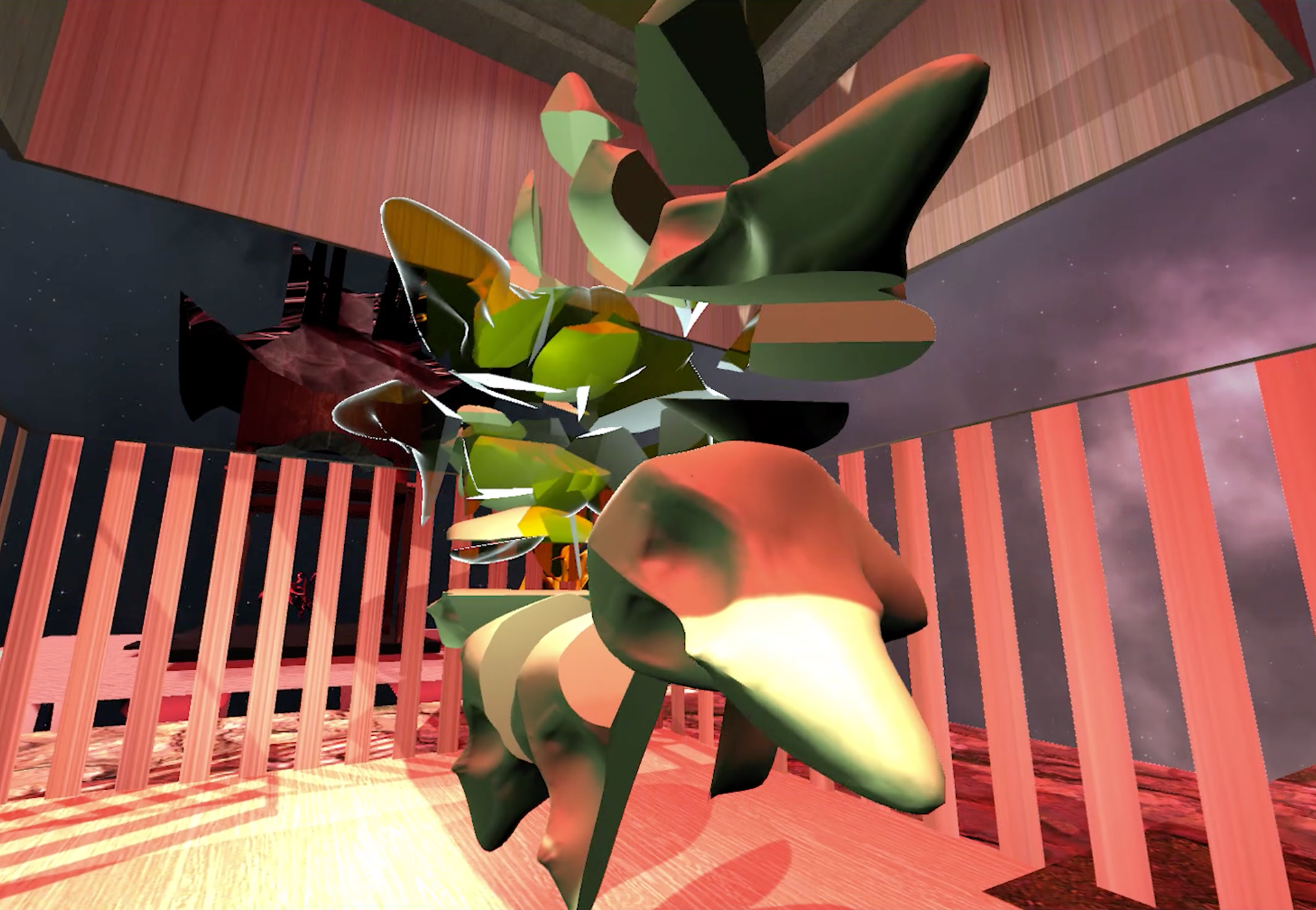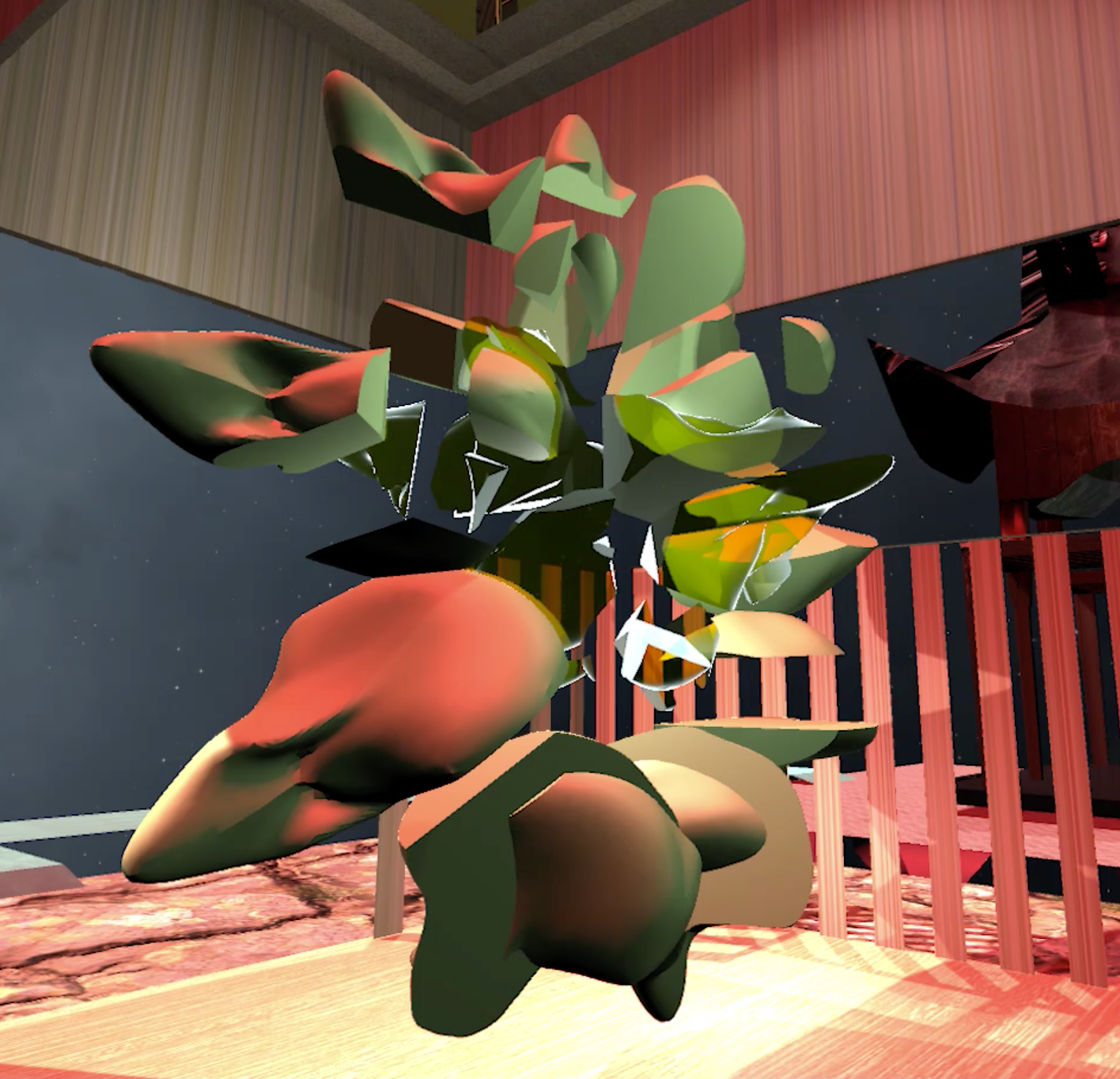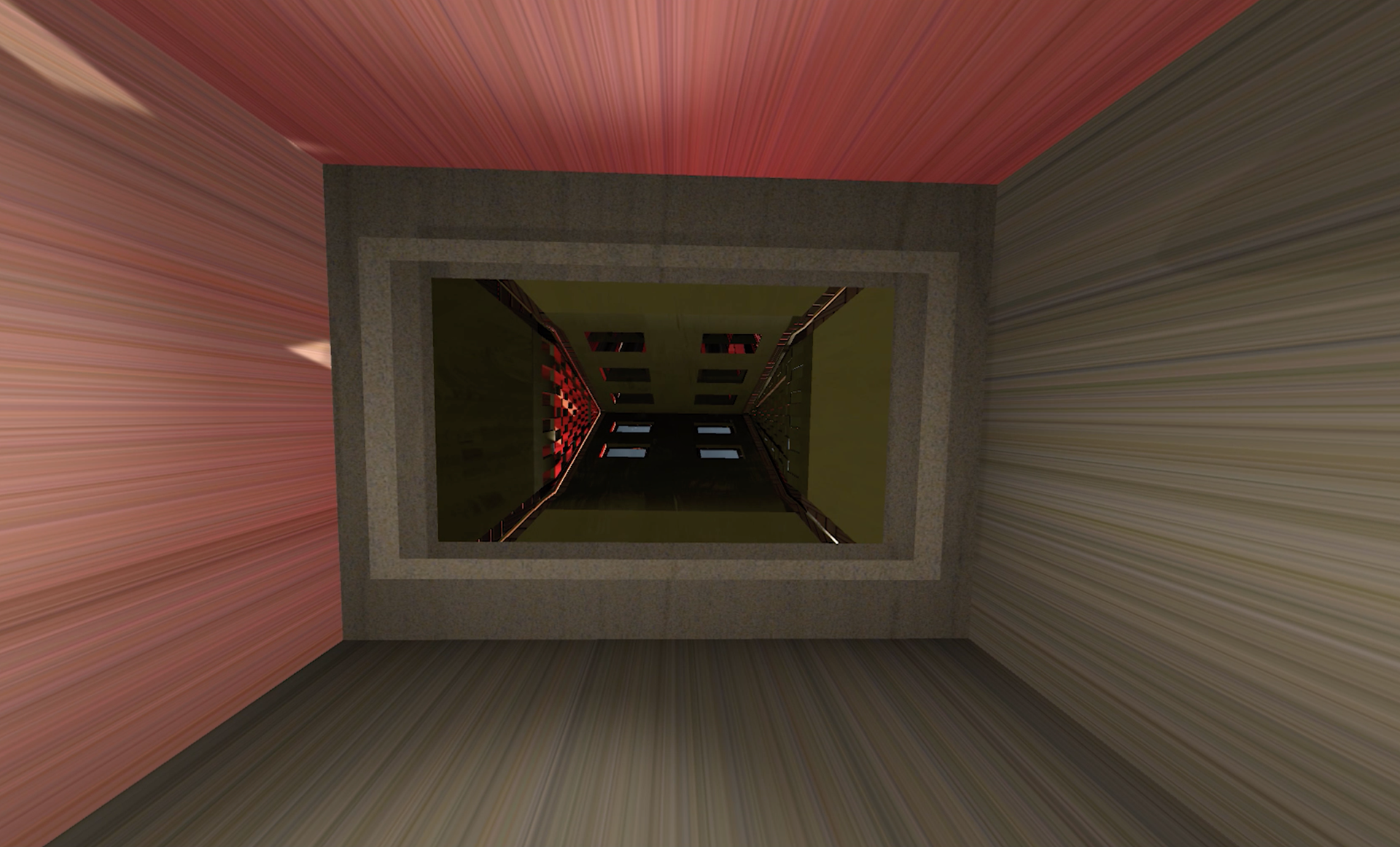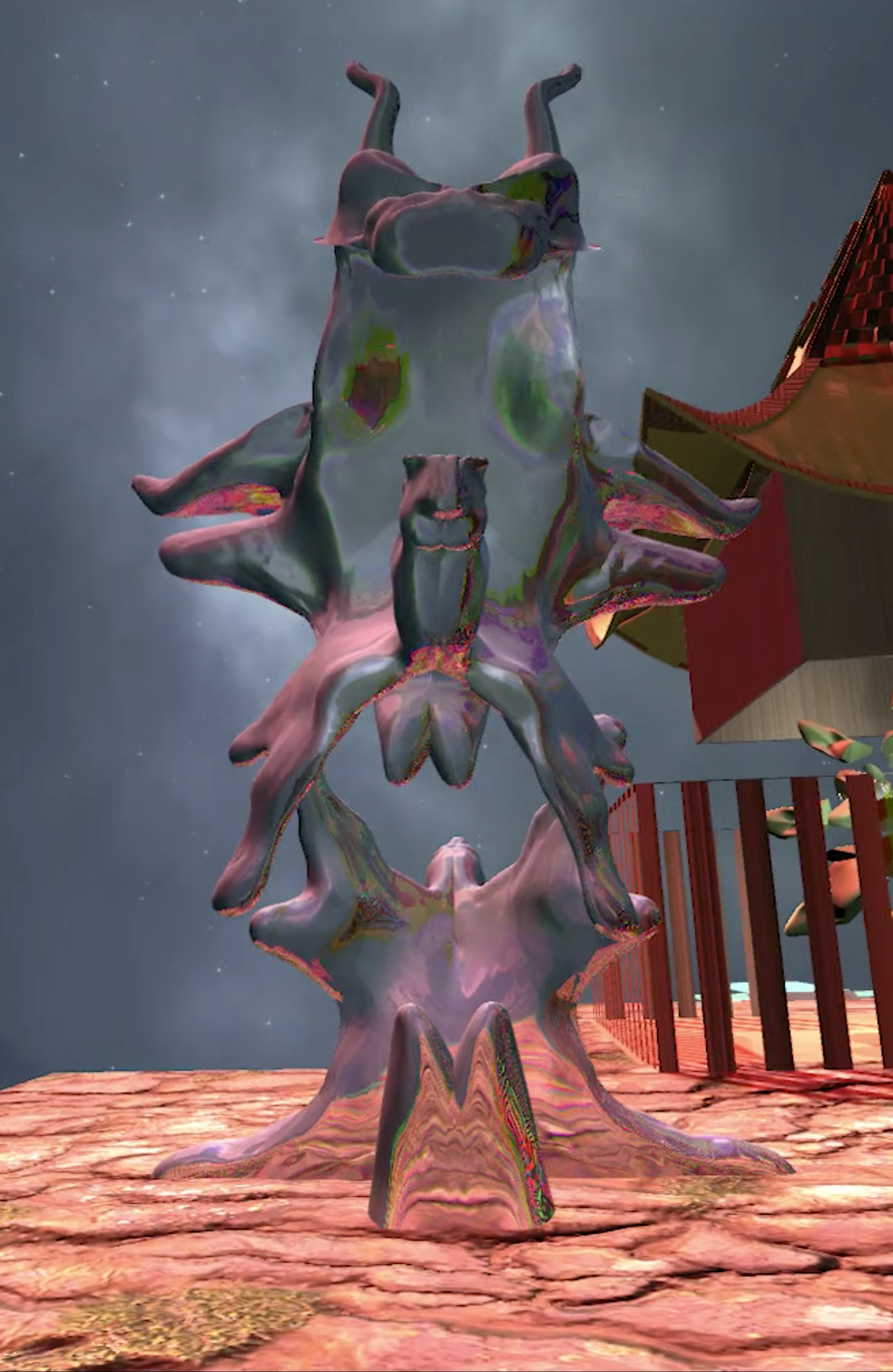This project was a gateway for personal reflection and meditation, as I sought to explore the truths I live by.
I took as inspiration the Japanese shrines that are known as they are portals for worship Deities through sacred objects.
Cultura (Culture), Amore (Love) and Dolore (Pain) are the "Gods" being paid homage too in this project.
Each of these "Gods" have been made a shrine, as well as their own enshrined sacred sculptural objects.
The aim of this work is to highlight how these three elements, Culture, Love & Pain, are not mutually exclusive. It aims to represent how the combination these three elements brings balance and stability to the essence of life and the act of living.
Cultura Shrine
It is impossible to understand human society without understanding human culture. Culture provides important social and economic benefits. With improved learning and health, increased tolerance, and opportunities to come together with others, culture inherently enhances our quality of life and increases overall well-being for both individuals and communities.
The sculptural piece made to represent this shrine was that of a pulsating force with a looping material movement, as a means of mimicking the motion of a beating heart.
I named this sculptural piece “Vitalitá”, Latin for “vitality”, as a means of visually representing how I see culture as the most essential and intimate part of me.
The architectural elements of this shrine also have their own meaning.
The roof of the Shrine is made up of four interconnected arches, as a mean of not only representing how culture embraces the daily life of every human in its own unique way. The movement of the arches is also representative of how culture and the view of culture differs per individual.
THE BALANCE - An ode to Amore & Dolore
The bridge binding both the shrines represents how pain and love are not mutually exclusive, one cannot exist without the other. The bridge connects both pain and love as a visual representation of how one cannot exist without the other. The concept of balance highlighted by the Yin and Yang; linked to Taoism/Daoism,.
The yin, the dark swirl, is associated with shadows, pain, and the trough of a wave; the yang, the light swirl, represents brightness, passion and growth. Briefly put, the meaning of yin and yang is that the universe is governed by a cosmic duality, sets off two opposing and complementing principles or cosmic energies that can be observed in nature.
DOLORE
The dark obsidian tones placed in the roof, as well as the metal tiled floors and the dark oak wood used throughout the supporting pillars of the structure are all meant to add on the somber and ominous feeling of the environment.
One of the sculptural pieces found in the Dolore (Yin) Shrine is named “Oboedire”, Latin for obedience.
This sculpture wishes to address how every individual is, at some point of their life's’, a mere subject to the wishes, wants and desires of others.
The other sculptural piece found in the Dolore (Yin) Shrine is named “Lucuts”, grief when translated from Latin, makes reference to the feeling of pain, affliction as well as the emotional weight one carries when one losses a beloved.
The sculptures' shape was inspired from the movements found in half the top part of a commonly illustrated heart. Its spiky dysmorphic shape is meant to illustrate the pain that scars and pierces ones heart after the lost of a beloved.
AMORE
The focus I had when constructing the Amore (Yang) shrine, was that of focusing on the different stages of growth of ones identity. Thence such approach lead me to use light beige hues of colour which is known to be associated too peace, light, tranquility and prosperity.
As shown in the image to the right, repeated rectangular patterns are used in a lot of the surfaces of this temple. The use of such patterns aimed to serve as a metaphor for how life is but a game of chess, and how ones’ decision affects the position and movement off an individual across their own chess board.
The centre piece in the Amore (Yang) shrine is that of a series of abstract hulled faces encircling one another. The piece aims to highlight the multiple faces one wore and wears at specific moments and or periods of ones life.
This sculpture attempts to visually demonstrate a symbiotic tree that illustrates the emotional growth of an individual throughout their lifetime. The sculpture subtly implies an upward growth pattern, which aims to reiterate the continuous growth of ones’ emotional intelligence.
PROCESS BOOK
Process Book Luiza

